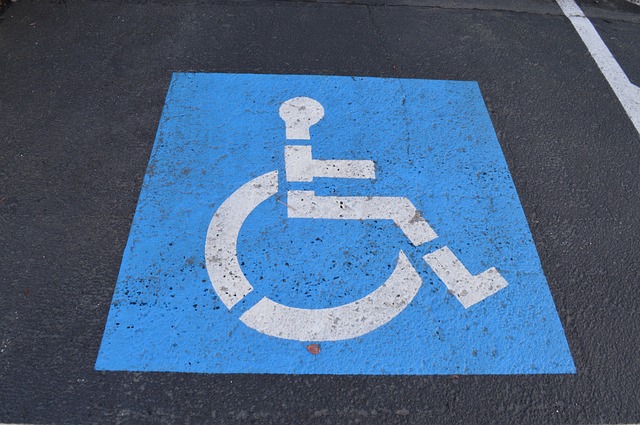Category: Business
This is a custom category page for Business.
ADA Resources in the Workplace

Disabled citizens have faced hardships in trying to live everyday lives. From having difficulties accessing buildings to difficulties using transportation to having difficulties in being incorporated into regular life, the disabled have had to overcome long odds.
Guest-Post: Why Visitability is Necessary
I vividly remember a point in time where I wished desperately that the whole world was in a wheelchair, so that everyone could know what my daughter had to go through just to go to someone’s home. Now, it looks like the city of Austin, Texas is creating that world. Well, kind of.
Legal Resources for the Elderly
The aging population may find that as they grow older, there are many age specific legal issues that can arise. Elder law is an area of legal practice that places emphasis on legal topics that affect the elderly. This field of practice covers a wide range of issues facing the elderly and it is often recommended that senior citizens seek counseling and advice from lawyers certified in elder law.
State Accessibility Laws
Job Resources for Individuals With Disabilities
- Employees’ Practical Guide to Negotiating and Requesting Reasonable Accommodations This article outlines what how one can request accommodations under the Americans with Disabilities Act (ADA).
- The ADA: Your Responsibilities as an Employer: rules and regulations required of employers to accommodate those with disabilities.
- A Guide for People with Disabilities Seeking Employment: primer for those with disabilities on their rights in the workplace.
- Economic Independence Through Jobs & Self-Employment: official government guide to obtaining and maintaining a job.
- USA Jobs: fact sheet on finding a job within the federal government.
- Ability Jobs: job listing and resume assistance for people with disabilities.
- Project Hired: organization committed to helping people with disabilities obtain and keep jobs.
- Federal Jobs: listing of federal and government jobs especially for those with disabilities.
- WorkWORLD: software designed to manage skills with Federal and Social Security compensation.
- Career-Related Resources for Students With Disabilities: listing of helpful organizations and foundations.
- Ability Links: job-related resources for employees and employers.
- Vocational Rehabilitation: vocational rehab resources specifically for individuals with disabilities.
- Project Work: provides assistance and information with those with intellectual disabilities.
- Employment for Persons With Disabilities: resources on finding jobs and vocational rehabilitation.
- Lift Inc.: organization that aims to recruit and train individuals with disabilities for information management and information technology positions.
- National Business and Disability Council: group for business looking to hire individuals with disabilities.
Continue reading Job Resources for Individuals With Disabilities